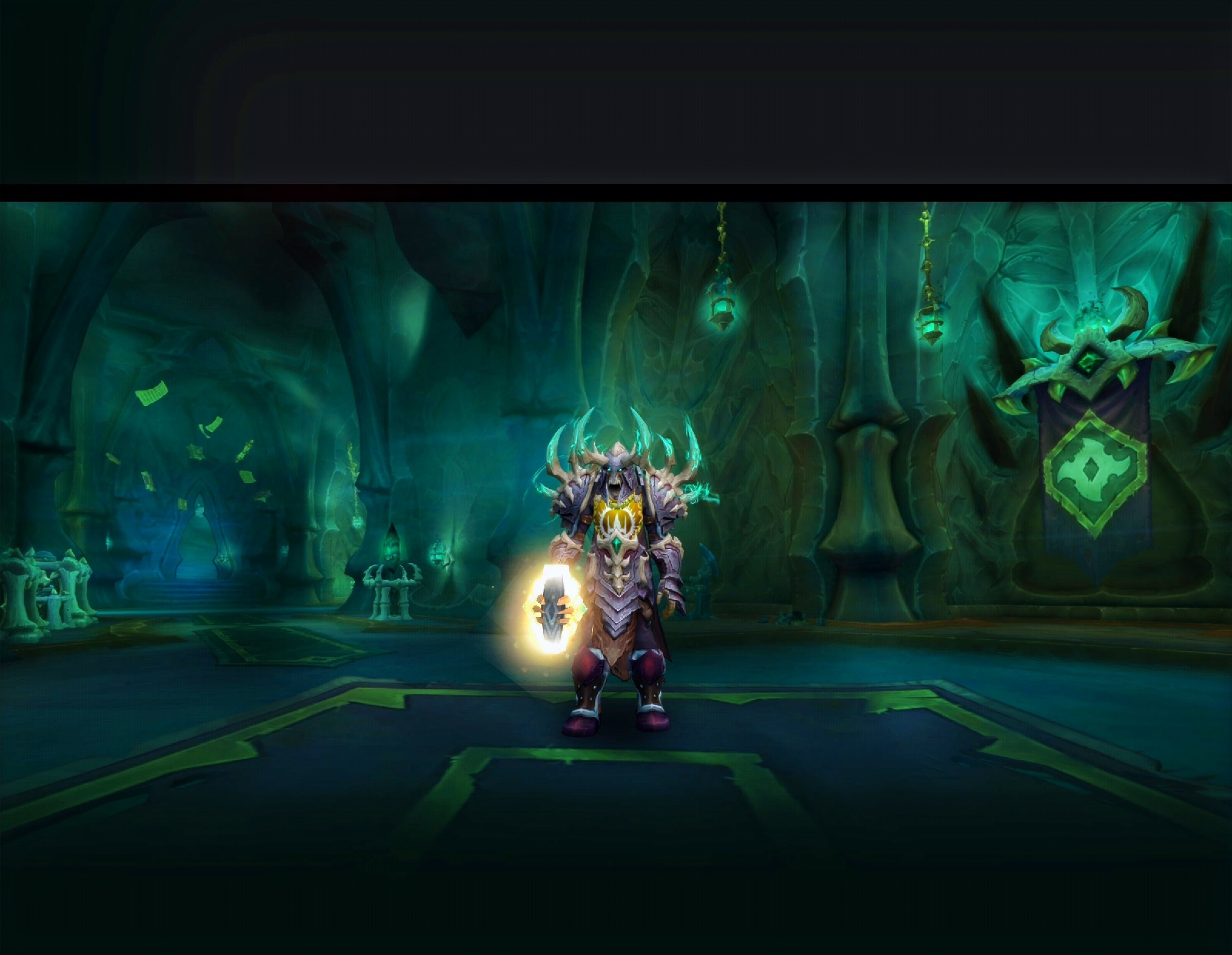The Great Sphinx of Giza is one of the oldest and most iconic landmarks in the world. It is estimated to be around 4,500 years old, but some researchers believe that it could be much older.
There are a few reasons why the age of the Sphinx keeps increasing.
New dating methods: Researchers are constantly developing new and more accurate dating methods. As a result, they are able to get more accurate estimates of the age of the Sphinx.
Geological evidence: Recent geological studies have suggested that the Sphinx may be older than previously thought. For example, some researchers have found evidence of water erosion on the Sphinx that could have occurred during the last ice age, which ended around 11,700 years ago.
Archaeological evidence: Some archaeologists have found evidence that suggests the Sphinx may have been built by a different civilization than the one that built the pyramids of Giza. This could mean that the Sphinx is older than the pyramids, which are also estimated to be around 4,500 years old.
It is important to note that there is still no definitive answer to the question of how old the Sphinx is. However, the new evidence that is being discovered is suggesting that it may be much older than previously thought.
Here are some specific examples of new evidence that has been discovered in recent years:
In 2013, a team of Egyptian and German archaeologists discovered a series of ancient settlements near the Sphinx that date back to around 7,000 BC. This suggests that there was human activity in the area around the Sphinx much earlier than previously thought.
In 2015, a team of French and American researchers used a new dating method to analyze the Sphinx's bedrock. They found that the bedrock is around 5,700 years old, which suggests that the Sphinx may have been built even earlier than that.
In 2017, a team of Japanese researchers used satellite imagery to discover a series of previously unknown underground chambers beneath the Sphinx. The purpose of these chambers is unknown, but they could provide new insights into the history of the Sphinx.
The discovery of this new evidence has led some researchers to believe that the Sphinx could be as much as 10,000 years old. However, other researchers are more cautious and believe that more evidence is needed before a definitive conclusion can be reached.
Regardless of its age, the Great Sphinx of Giza remains one of the most mysterious and fascinating landmarks in the world. It is a testament to the skill and ingenuity of the ancient Egyptians, and it continues to capture the imagination of people all over the world.



Comments